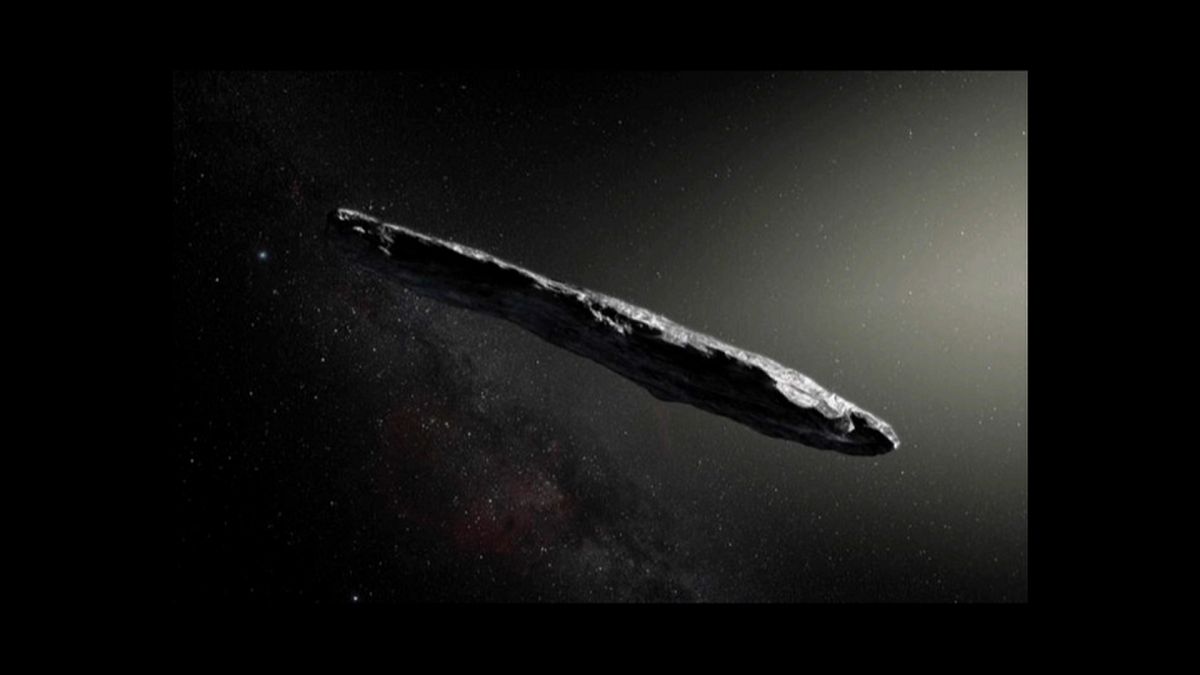The remarkable discovery of Oumuamua opens a new window on solar systems beyond our own, say experts.
An oddly-shaped asteroid discovered last month has now been confirmed as the first one to be spotted from another solar system.
Astronomers were left scratching their heads after a University of Hawaii telescope observed the object on October 19.
But now scientists, writing in the November 20 edition of Nature, say the asteroid had been wandering through the Milky Way for hundreds of millions of years before its chance encounter with our solar system.
“For decades we’ve theorised that such interstellar objects are out there, and now – for the first time – we have direct evidence they exist,” said Thomas Zurbuchen, associate administrator for NASA’s Science Mission Directorate in Washington. “This history-making discovery is opening a new window to study the formation of solar systems beyond our own.”
The asteroid, named Oumuamua (pronounced oh MOO-uh MOO-uh), measures up to 400 metres long and its length could be as much as 10 times its width.
This unusual shape is unlike any asteroid or comet that astronomers have observed to date in our solar system, says NASA.
After the discovery in October, telescopes around the world, including the European Southern Observatory’s Very Large Telescope, were used to measure the object’s orbit, brightness and colour.
A team of astronomers, led by Karen Meech from the Institute for Astronomy in Hawaii, used the images for their paper in Nature.
“This unusually big variation in brightness means that the object is highly elongated: about ten times as long as it is wide, with a complex, convoluted shape,” said Meech. “We also found that it had a reddish color, similar to objects in the outer solar system, and confirmed that it is completely inert, without the faintest hint of dust around it.”
Astronomers estimate that an interstellar asteroid similar to Oumuamua passes through the inner solar system about once a year, but they are faint and hard to spot and have been missed until now.
The closest the object came to Earth was about 15 million miles away on October 14.
Large ground-based telescopes are continuing to track the asteroid as it moves rapidly away from our planet.
The asteroid, travelling about 85,700 miles per hour (38.3 kilometers per second) relative to the Sun, was around 124 million miles (200 million kilometers) from Earth, as of November 20.
It passed Mars’ orbit on November 1 and will enter Jupiter’s in May next year. It will pass Saturn and leave our solar system in January 2019, says NASA.
Main photo credit: ESO/M. Kornmesser
